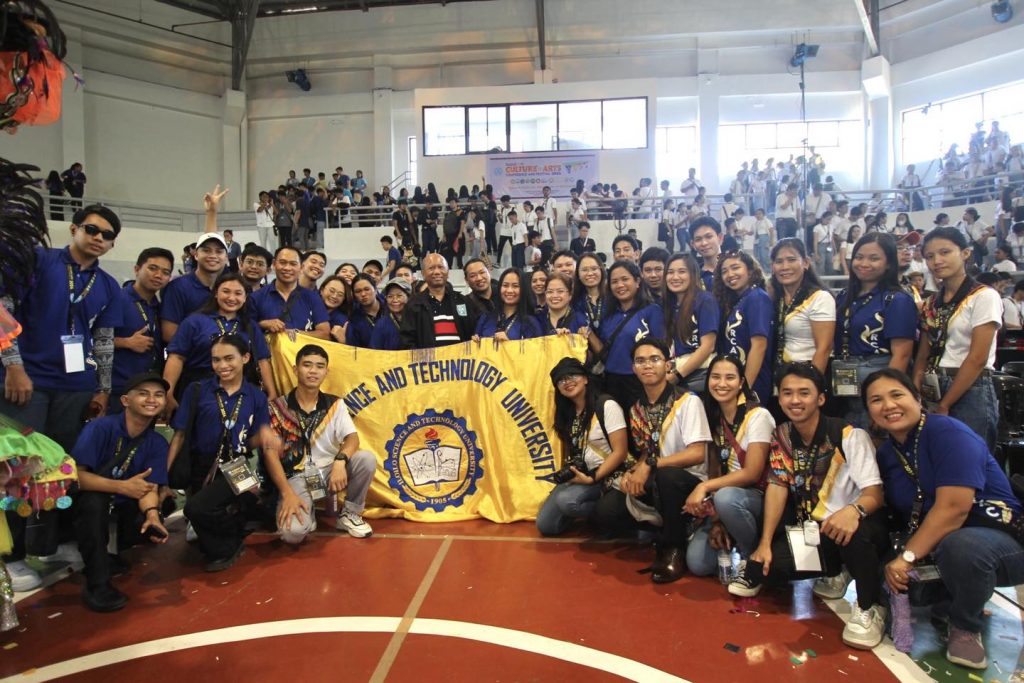
The Carlos Hilado Memorial State University (CHMSU) is currently hosting the Regional Association of State Universities and Colleges 6 (RASUC VI) ‘Culture and The Arts’ Conference and Festival 2024. The four-day event, running from March 23 to 26, has brought together 11 State Universities and Colleges (SUCs) from the region to showcase their artistic talents and celebrate the rich cultural diversity of the Western Visayas.
The festival, themed “Bidlisiw, Paghilom, Pagbangon, at Pagsulong” (Reflection, Healing, Rise, and Progress), aims to highlight the resilience and creativity of the region’s artistic communities in the face of challenges and adversities.
Among the participating SUCs is the Iloilo Science and Technology University (ISAT U), which has assembled a formidable contingent of talented performers and artists eager to make their mark on the competition. ISAT U’s delegation is vying for top honors in various categories, including dance, music, theater, and visual arts, with the goal of emerging as the overall champion.
The festival has already witnessed a vibrant display of cultural performances, captivating audiences with traditional dances, musical renditions, and theatrical productions that showcase the region’s rich heritage and artistic expressions.
“We are thrilled to be part of this celebration of culture and the arts,” expressed by ISAT U President Dr. Gabriel M. Salistre Jr.. “Our students and their coaches have worked tirelessly to prepare for this event, and we are confident in their ability to showcase the talent and creativity that ISAT U is known for.”
The RASUC VI ‘Culture and The Arts’ Conference and Festival 2024 not only serves as a platform for artistic expression but also fosters unity, understanding, and appreciation among the participating SUCs. By bringing together diverse cultural influences, the festival aims to promote dialogue, collaboration, and the preservation of the region’s unique cultural identity.